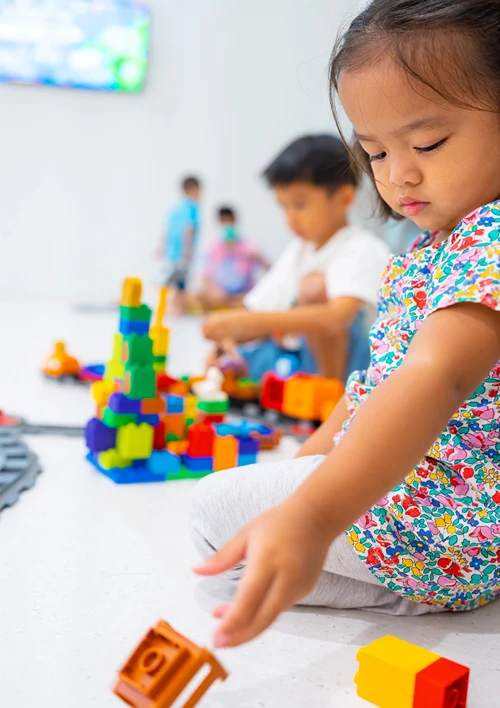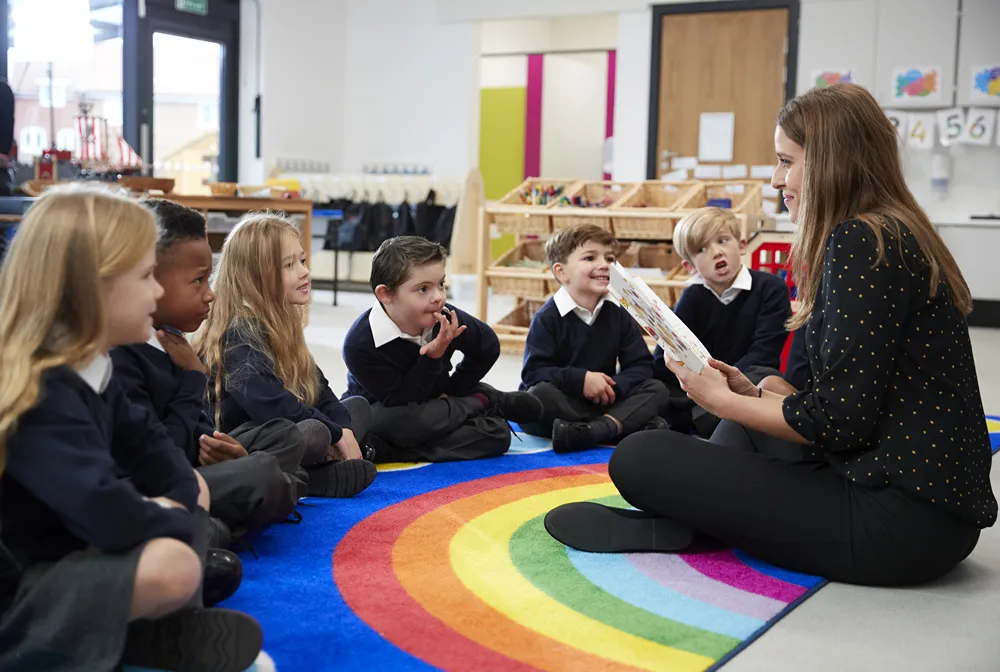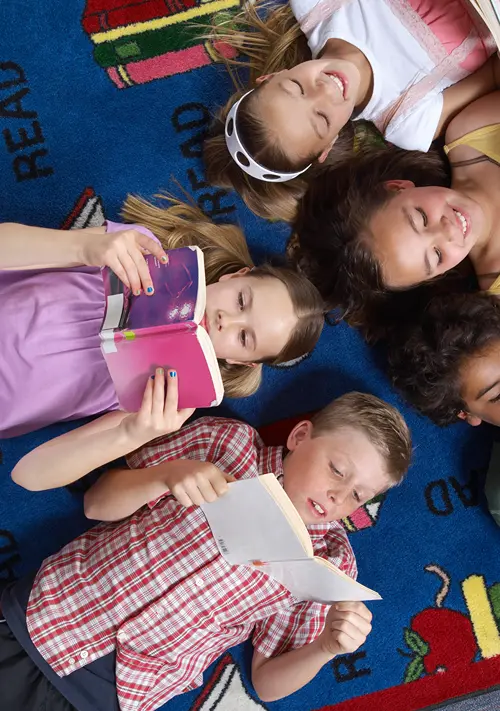Online Word Games and Logic Puzzles You Can Play on The New York Times
The New York Times offers a collection of online puzzles and word games that are more than just fun—they’re great for building focus, logic, and vocabulary. What started as a single crossword has grown into an entire playground of clever challenges.
Perhaps you are one of those people who can’t start the day without a good puzzle. Or, you are a parent or educator eager to get your kids and students excited about words, brain teasers and clever challenges. Either way, let’s take a look at seven of the most popular ones we all can play online.
1. Spelling Bee
Ever stared at a honeycomb of letters and thought, how many words can I make from this? That’s the joy of Spelling Bee. You’re given seven letters arranged around a center letter — and your goal is to make as many words as possible.
Here’s the catch: the center letter must appear in every word. Four-letter words earn points, but longer words score more. And if you find a word that uses all seven letters, that’s called a pangram — the ultimate find of the day.
This online version of the spelling bee rewards patience and creativity. It’s not about speed, but persistence — and maybe a bit of dictionary-level curiosity.
2. Strands
If Wordle is a snack, Strands is a full meal. Imagine a word search with a hidden theme.
You’re given a grid of letters, and you have to find all the themed words hidden inside. But here’s the twist — every letter is used exactly once. And there’s always a “spangram,” a word that stretches from one side of the grid to the other and hints at the puzzle’s theme.
Here’s how you can begin. Type in random words. Find three correct words, and the game gives you a helpful hint. Once you find the theme, everything starts to click.
3. Pips
Pips is one of the newest games in the Times collection — and it’s not a word game at all. Instead, it’s a logic puzzle that uses domino-like pieces called pips.
Your task is to place these numbered tiles on a board according to specific rules. Some clues might say “greater than 3” or “equal to 8,” and you’ll need to think several moves ahead to solve it.
It’s like Sudoku met dominoes — a fresh kind of mental workout that feels completely different from the word-based classics.
4. Connections
Ever notice how certain words just belong together? That’s the heart of Connections.
You’re given 16 words, and your job is to sort them into four groups of four. Each group shares a hidden link — maybe “shades of blue” or “words that rhyme with bee.”

It sounds easy, but the game loves to trick you with words that almost fit more than one group. You’ll need logic, deduction, and sometimes a bit of lateral thinking to find all four sets before your guesses run out.
5. Letter Boxed
Here’s a visual challenge that blends spelling and geometry. Letter Boxed shows twelve letters arranged around the edges of a square. Your job is to create words that:
- Connect one letter to the next (no two letters from the same side), and
- Use all twelve letters in as few words as possible.
Each word must start with the last letter of the one before it.
For example: GROW → WAX → XENON.
Letter Boxed is about flow and planning — it feels like solving a maze with words.
6. Tiles
Need something a little more relaxing? Tiles swaps words for patterns.
Each tile has shapes, colors, and textures layered together. You match two tiles that share a design element — like a swirl or a color. When you make a match, that shared pattern disappears from both tiles, revealing new ones underneath.
This can be a calming and meditative experience. There’s no timer, no score pressure — just rhythm and strategy as you clear the board piece by piece.
7. Wordle
You probably know this one. Wordle became a worldwide sensation before the Times acquired it — and for good reason.
Each day, there’s one secret five-letter word. You have six chances to guess it.
After every try, the tiles change color:
- Green means the letter is correct and in the right place.
- Yellow means the letter is in the word but the wrong spot.
- Gray means it’s not in the word at all.
Everyone gets the same word each day, creating a shared daily ritual. Whether you start with “ADIEU” or “CRANE,” Wordle is a quick brain-boost that fits perfectly into your morning routine.
Where to Find the These Games and Puzzles:
Visit The New York Times online puzzle and games page to expand your brain power. plus have a blast at the same time. Each logic puzzle or game comes with its own twist. You can also choose to download their crosswords app.











